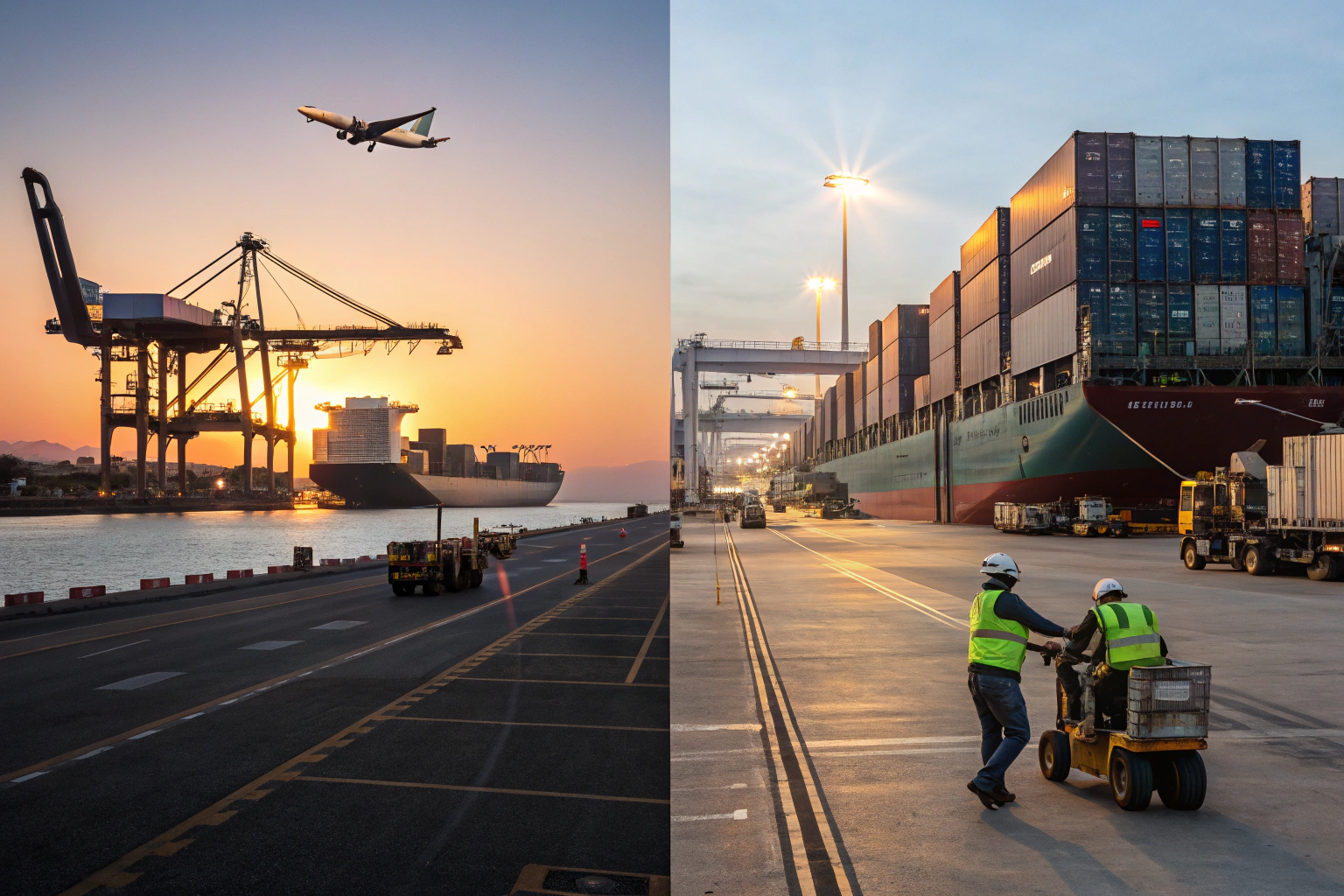Last August at 17:46 CST in Ningbo, I watched a buyer celebrate a rock-bottom quote on a 3,200-kg, 17-CBM shipment—until the “extras” hit. His final bill grew by 22% after departure. He saved $280 on day one and lost $2,030 by day thirty. I kept the invoice because it marked the moment I changed my own process.
Cheap forwarders look like savings on a screen, but they trade away schedule priority, documentation depth, and cargo care—so costs reappear as delays, storage, and claims. My team ships apparel, gifts, and accessories from China to the U.S. every week. The numbers are consistent across seasons and routes.
At first, I blamed ethics. Then I checked 18 months of our lane data and spoke to port contacts in Shekou, Yantian, and Long Beach. The pattern was structural: weak carrier ties, thin customs knowledge, and no recovery plans. In this guide, I use specific times, fees, and scenes so you can test any quote against reality.
Hidden Freight Charges and Surcharges Explained
In June 2024, a Los Angeles buyer sent me two “all-in” ocean quotes from Shenzhen to Long Beach. The cheaper one looked lower by $180. I asked for the line items. After origin THC, AMS filing, and a currency factor, the final delta flipped to +$460. The quote felt cheap for 48 hours; the invoice did not.
A low sticker often hides terminal handling, documentation, chassis, pre-pull, congestion, storage, and currency adjustments that surface after the gate closes. My rule is simple: door-to-door scope, named payers for each fee, and a lock on validity dates tied to cutoff times.
When I started GeeseCargo, I assumed “all-in” meant the same to everyone. A July 2023 reconciliation proved me wrong. Since then, I red-line quotes with a pen and a timer. I confirm AMS/ISF filer, brokerage handoff, chassis days, free-time, and currency triggers. If the dollar moves, vague quotes move faster. I also call our contact at Yantian about weekend gate rules; two hours there can erase a “savings.”
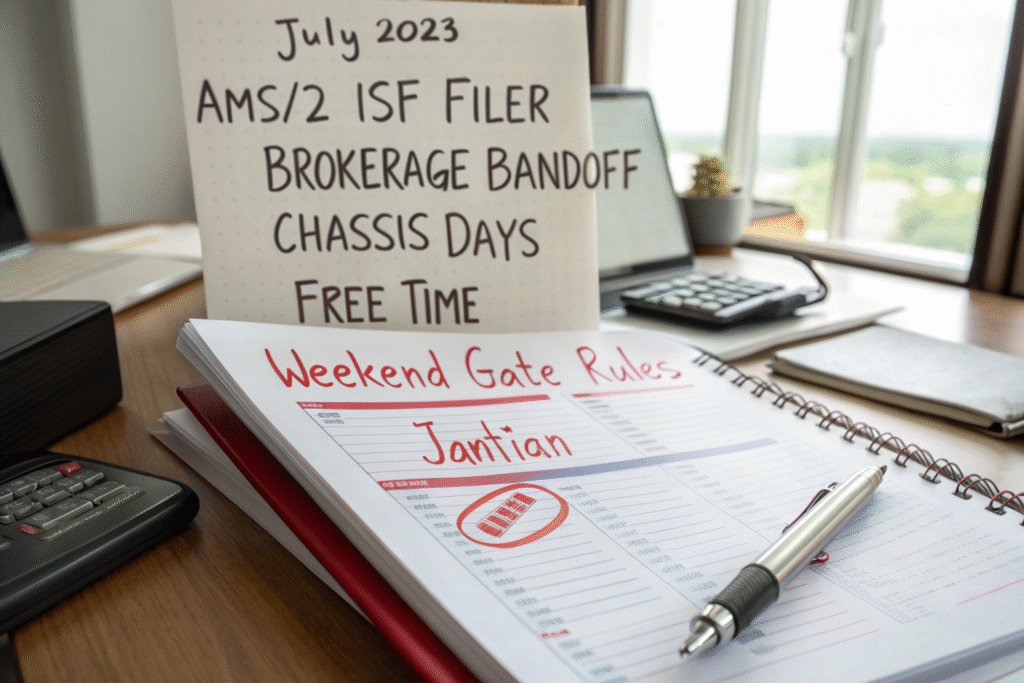
What fees hide behind “all-in” quotes?
In February, a New Jersey importer loved an “all-in” ocean rate that excluded origin THC and AMS. Those two lines added $145. I now share neutral primers so buyers can pressure-test offers. The Federal Maritime Commission keeps resources that clarify what fees are and who can charge them: FMC resources. For practical cost drivers, I point first-timers to this straightforward breakdown: Freight shipping costs.
How do Incoterms shift who pays what?
In May 2025, a client chose FOB but expected us to cover destination THC; two days of email later, we fixed the mismatch. I now align fee responsibility with the ICC Incoterms table before booking: Incoterms rules. When someone suggests “just declare a round number,” I send the WTO customs valuation page to show how “harmless estimates” become costly: Customs valuation.
How Cheap Forwarders Cause Customs Delays?
On November 3, 2023, at 09:10 PST in Carson, a container sat for three days because someone “reused” an HS code from a similar product. The importer missed a promotion he had advertised since spring. The forwarder was cheap. The paperwork was not careful.
Customs clearance rewards discipline. Low-cost operators often guess codes, file late, or skip pre-advice, which converts a cheap rate into storage, inspection, and rework. Our quiet advantage is boring: we verify materials, packaging, and values ten to fourteen days before ETA.
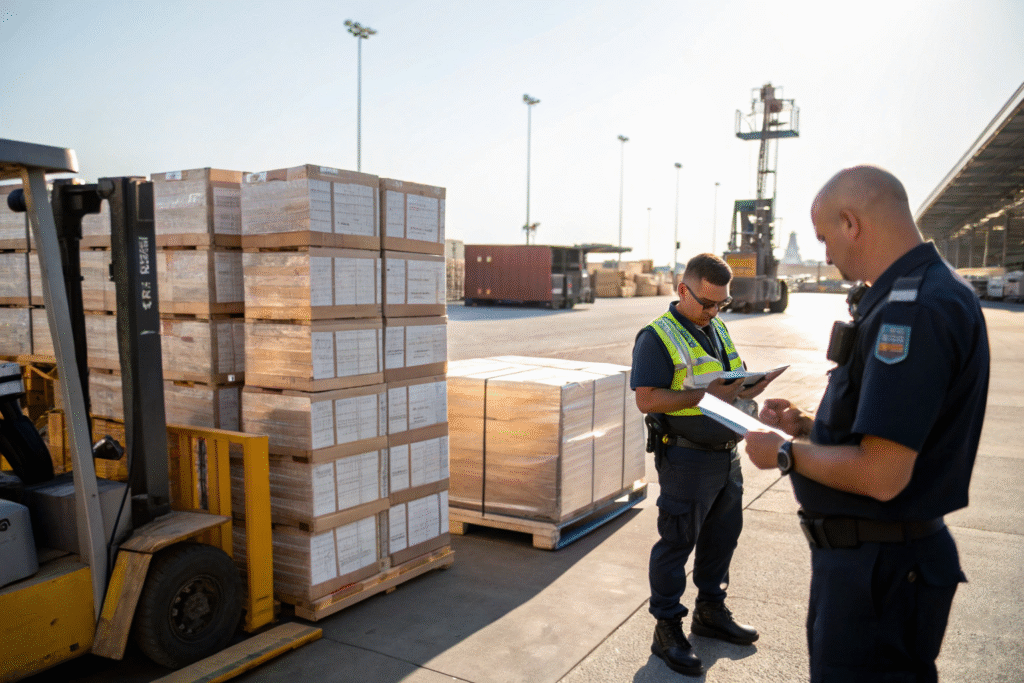
Which documents trigger holds at U.S. ports?
Apparel in wooden crates gets checked for ISPM-15 first. CBP outlines the trade documentation and common pitfalls for importers, and I send this link during onboarding so the tone is set: CBP trade. For pallets and crating, USDA APHIS explains wood packaging requirements inspectors look for at the dock: Wood packaging material.
Can FDA or Lacey Act stall apparel or accessories?
Yes. In 2024, a vitamins shipment lost four days for missing Prior Notice. The FDA shows exactly how to file it online: Prior notice for imported foods. If you import wood or plant components—buttons, trims, crate slats—the Lacey Act applies; APHIS sets out the declaration rules: Lacey Act overview.
Cargo Security, Insurance, and Damage Claims
In September 2024, a cut-rate operator sent me photos of dented cartons. No corner boards, no edge protectors, and mixed weights on the bottom row. The claim took 46 days. The shipper saved $90 on the quote and lost a season’s sell-through.
Cheap operations cut guards you cannot see: packaging discipline, trained handlers, vetted depots, and traceable seals. When teams skip those, the risk does not vanish. It walks into your warehouse and onto your balance sheet.
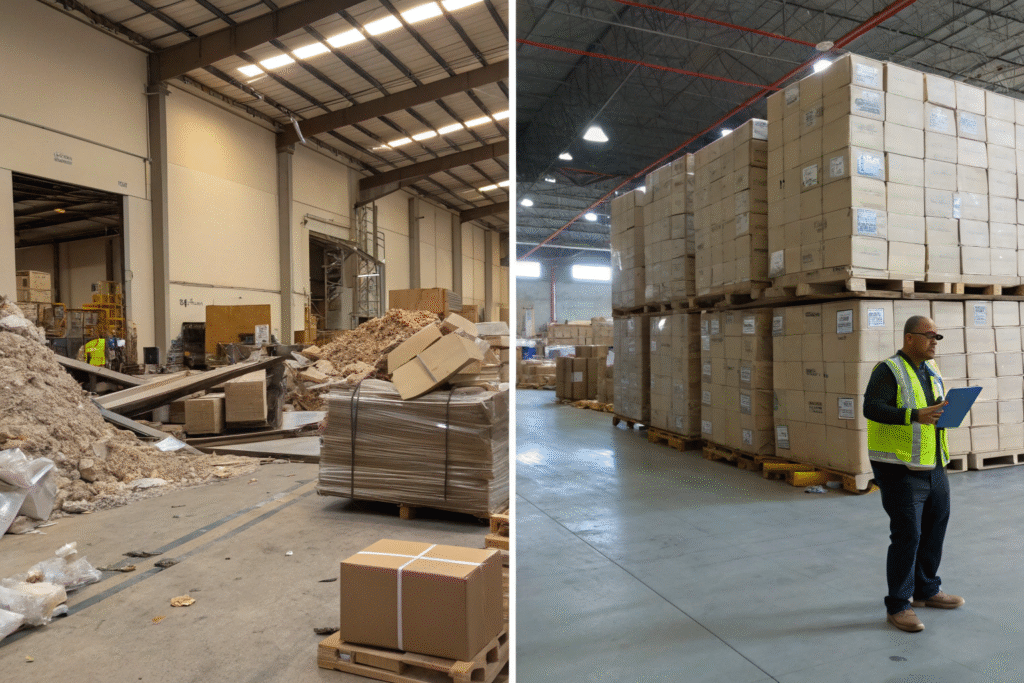
Why do damage rates spike with cheap ops?
Improper stacking and mixed load planning drive crush and tilt during crane moves and sudden stops. The World Shipping Council explains why correct packing and verified weights matter across the chain: World Shipping Council. For facility and process benchmarks, I often show clients DHL Global Forwarding standards to frame expectations: DHL Global Forwarding.
Is cargo insurance worth the premium?
For mid-margin goods, yes. A modest premium covers low-probability, high-impact events that training cannot erase. Allianz Trade writes clearly about what freight insurance does and does not cover: Freight insurance. For route risk, I cross-check incident reports from the ICC Piracy Reporting Centre when we tweak routings: ICC PRC.
Ocean vs Air: When Low Rates Cost You Time?
On February 7, 2025, at Shekou, our truck joined a queue looping past the overpass. We missed cutoff by 26 minutes and got rolled one week. The “bargain” forwarder had no priority slot or backup plan. The importer texted at 01:12 EST: “Our shelf date dies if we slip a week.”
Ocean wins on cost, unless the calendar says otherwise. Air wins when a promotion or season flips margin math. I do not love paying premiums. I also do not love writing off inventory because the quote was pretty and the plan was weak.
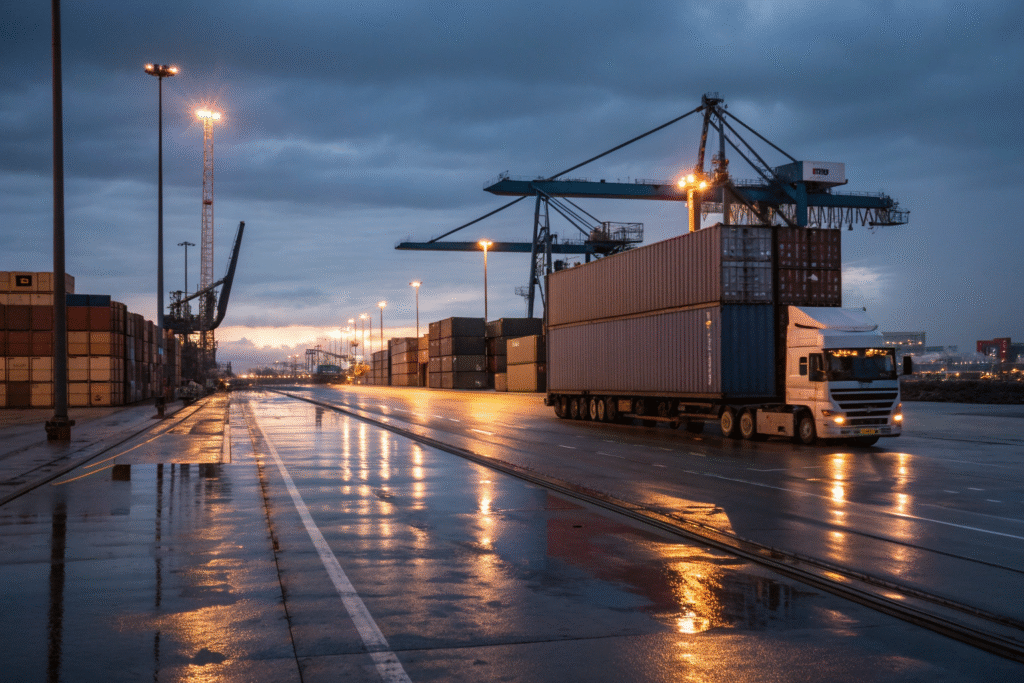
When does air beat ocean on total landed cost?
When a late start risks killing a promo or a fashion window. Standards and programs from IATA shape safe, predictable air cargo operations and capacity rules: IATA cargo programs. If you ship often, ask about TSA Known Shipper; the status can shave a day on screening and reduce surprises at uplift: Known Shipper.
How do I verify sailings and avoid rollovers?
I mirror forwarder plans against carrier portals during the call. OOCL publishes schedules I can pull up in seconds: OOCL schedules. Hapag-Lloyd lists service strings and cutoffs clearly; I ask vendors to match their plan to the exact string: Hapag-Lloyd schedules. For network context, the UNCTAD Liner Shipping Connectivity Index helps explain resilience and options when something breaks: Liner connectivity.
Conclusion
I run GeeseCargo in China. Our slogan is simple: professional, reliable, competitive. I learned those words the hard way. In 2019, I thought I had out-negotiated the market on a summer lane to Oakland. The container rolled twice. Storage was $1,140. We missed a week of sales. The quote looked perfect; the plan was not.
Today, when Ron from America calls and says, “I care about price and time,” I give him both—and I add proof. I show terminal-level cutoffs, the real carrier service string, and a contingency if trucks stall. I lock fee owners line by line, including chassis and pre-pull. I share customs prep two weeks before arrival, because holds do not care about our calendar. I admit where I guessed wrong, and I show the data that changed my mind.
A cheap forwarder works when luck is kind. Your business should not rely on luck. If you ship clothing, accessories, or gifts from China to the U.S., ask me for an all-in, door-to-door plan with dates, numbers, and a recovery path. That way, the price you chase becomes the price you keep—and the promise you make to customers becomes the delivery they remember.
